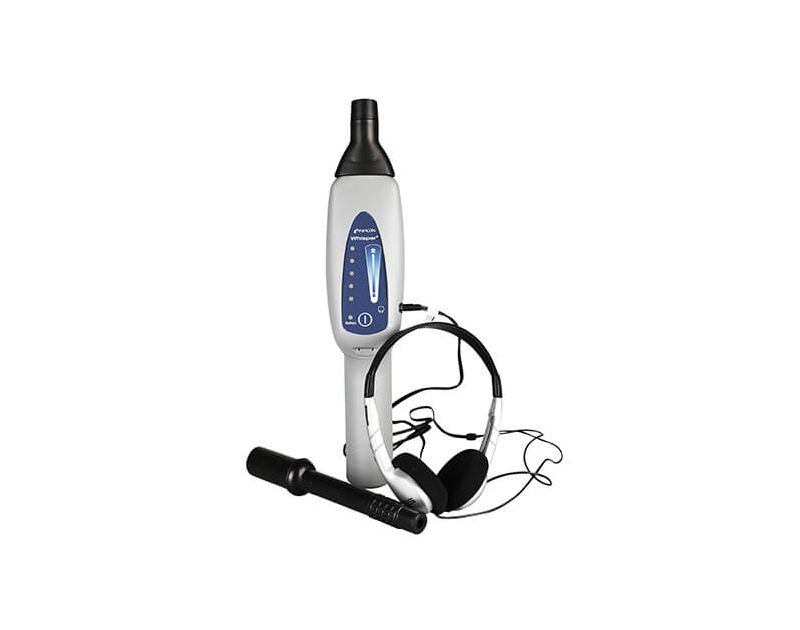
Description
Best Practices for HVAC Leak Prevention
Preventing refrigerant and system leaks is essential for UK F-Gas compliance, energy efficiency, and customer satisfaction. Follow these engineer-approved best practices to minimise leaks in air conditioning and refrigeration installations.
1. Use High-Quality Components
- Choose flare fittings, brazed joints, and Schrader valves from reputable brands
- Avoid cheap copper tube with thin walls or poor annealing
- Specify vibration-resistant flexible lines in moving applications (e.g., transport refrigeration)
2. Master Brazing Technique
- Use nitrogen purge during brazing to prevent internal oxidation and carbon buildup
- Achieve full 360° penetration with silver-phosphorus filler (min. 5% Ag for R410A/R32)
- Allow joints to cool naturally – never quench with water
- Inspect every braze for smooth, shiny fillets (no pits or porosity)
3. Perfect Flare Connections
- Cut tube square with a proper tube cutter (not hacksaw)
- Deburr inside and outside edges
- Use a torque wrench on flare nuts (check manufacturer specs – e.g., 14–18 Nm for 1/4")
- Replace flare gaskets/seals on service valves annually
4. Pressure Test Properly
- Test with dry nitrogen only to 1.5x working pressure (e.g., 42 bar for R410A high side)
- Hold for minimum 24 hours with temperature-compensated gauge
- Trace any drop with the JAVAC Whisper Ultrasonic Detector – detects 0.1 mm leaks instantly
5. Eliminate Vibration Damage
- Secure pipework with anti-vibration clamps every 1.2 m
- Use spring or rubber isolators at compressor mounts
- Avoid sharp bends (minimum 4x tube diameter radius)
6. Protect Outdoor Units
- Install on solid, level plinths to prevent frame twist
- Fit hail guards in exposed coastal or rooftop locations
- Apply anti-corrosion coating to coils in aggressive environments (e.g., near seafront)
7. Regular Maintenance Schedule
- Tighten electrical terminals and flare nuts every 12 months
- Clean coils to prevent acid formation from dirt + moisture
- Check service valve caps (replace if O-ring hardens)
- Log system pressures and superheat/subcooling at each visit
8. Train & Certify Engineers
- All technicians must hold current F-Gas Category I certification
- Annual refresher on brazing, pressure testing, and leak detection
- Issue leak test certificates with every installation
9. Use the Right Detection Tools
Combine methods for zero leaks:
- JAVAC Whisper Ultrasonic Detector – for nitrogen/vacuum testing
- Electronic sniffer – for trace refrigerant post-commissioning
- UV dye – for persistent or intermittent leaks
Pro Tip: A system that passes a 24-hour nitrogen hold test with the JAVAC Whisper is 99.9% leak-free at commissioning.
Implement these practices to cut refrigerant top-ups, avoid penalties, and build a reputation for reliability. Get the JAVAC Whisper Ultrasonic Leak Detector from AirconSpares.com – your partner in leak-free installations across the UK.
More Information
| Product Name | JAVAC Whisper Ultrasonic Leak Detector for HVAC Refrigerant & Nitrogen - Probes, Headphones & Case |
|---|---|
| SKU | 711-202-G1 |
| mpn | 711-202-G1 |
| Manufacturer | Javac |
| Brand | Infinicon |
Reviews
User Guides and Technical Downloads



